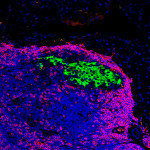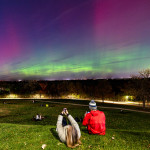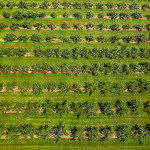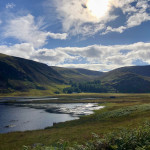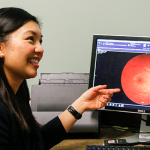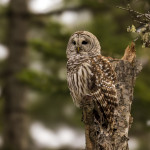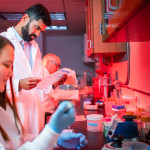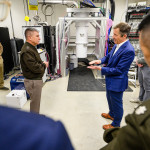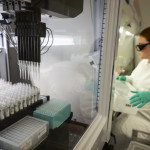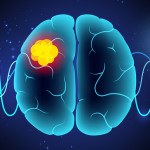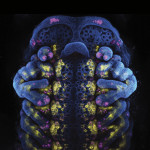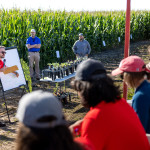Tag Research
How disabling one gene protects mice against Type 1 diabetes
UW–Madison researchers have discovered a mechanism that could one day help people at risk of developing the metabolic disease.
Still/Moving
UW–Madison’s capsule of 2025 in striking images.
UW’s Puerto Rican Studies Hub explores the archipelago’s culture and history from a new point of view
The first-of-its-kind center in the Midwest aims to put ‘UW–Madison at the forefront’ of an academic field with growing reach.
A year of resilience and discovery
Despite uncertainty over federal funding, the university’s scientific community continued to advance knowledge and improve lives. Find out how from our favorite UW research stories of 2025.
Viruses found in carbon-storing wetlands play an active role in shaping ecosystem health
The viruses could also help determine if a wetland has been damaged or if restoration efforts are working.
Congressional staff see UW–Madison research, federal investments up close
Congressional staff visited campus to see firsthand how national investments fuel discovery, improve lives, and strengthen Wisconsin’s economy.
UW researchers turn to the tiny copepod for a big discovery, showing that gene location influences natural selection
The new study provides the first empirical evidence connecting the chromosomal location of genes to natural selection and how populations adapt to rapid environmental change.
Detecting and preventing digital abuse
UW–Madison researchers are protecting survivors from cyber stalkers by identifying vulnerabilities in popular phone apps.
UW researchers tackle diabetes from multiple angles
Researchers at the UW School of Medicine and Public Health are working on new and improved treatments for diabetes and its complications. They're also searching for what doesn't yet exist: a cure.
This UW–Madison spinoff is making environmentally-friendly cement. The secret ingredient is pollution.
UW–Madison spinoff Alithic is leveraging a unique formula of typically harmful pollutants to produce a key ingredient of concrete.
The barred owl’s westward migration threatens other species and a whole ecosystem, UW researchers find
A new study shows that the invasive predator feeds on 29 species given special conservation status by federal and state governments.
From idea to company to cure
The Wisconsin Alumni Research Foundation, widely known as WARF, helps UW researchers turn science into start-ups.
UW fostering closer research ties with federal defense, cybersecurity agencies
UW–Madison leaders seek to expand partnership with federal agencies to boost dual-use research funding.
UW professor Andrea Putnam awarded 2025 Packard Fellowship
Putnam’s research focuses on how RNA and proteins help orchestrate gene expression during development. She is one of 20 early-career scientists from across the United States to be awarded this year’s fellowship.
With milk testing and new tools, UW scientists are helping prevent bird flu outbreaks in Wisconsin and beyond
The Wisconsin Veterinary Diagnostic Laboratory processes samples from every dairy farm in the state to help prevent an H5N1 outbreak among cattle.
UW researchers uncover possible new treatment to target a devastating childhood brain cancer
Using fruit flies, scientists are investigating the genetic drivers of the rare but aggressive tumor.
Two UW–Madison professors named MacArthur Fellows
Atmospheric scientist Ángel F. Adames Corraliza and nuclear security specialist Sébastien Philippe, professors at the University of Wisconsin–Madison, have been awarded 2025 MacArthur Fellowships.
2025 winners of the Cool Science Image Contest
This year’s winners used a variety of tools — from phone cameras to CT scanners — to capture fascinating, surprising and simply beautiful aspects of the natural world.
Scrolling for answers
Hundreds of Wisconsin teens are helping UW researchers study the effects of social media. The findings could be transformative.
Growing the future
UW–Madison’s research stations help Wisconsin farmers stay on agriculture’s leading edge.

